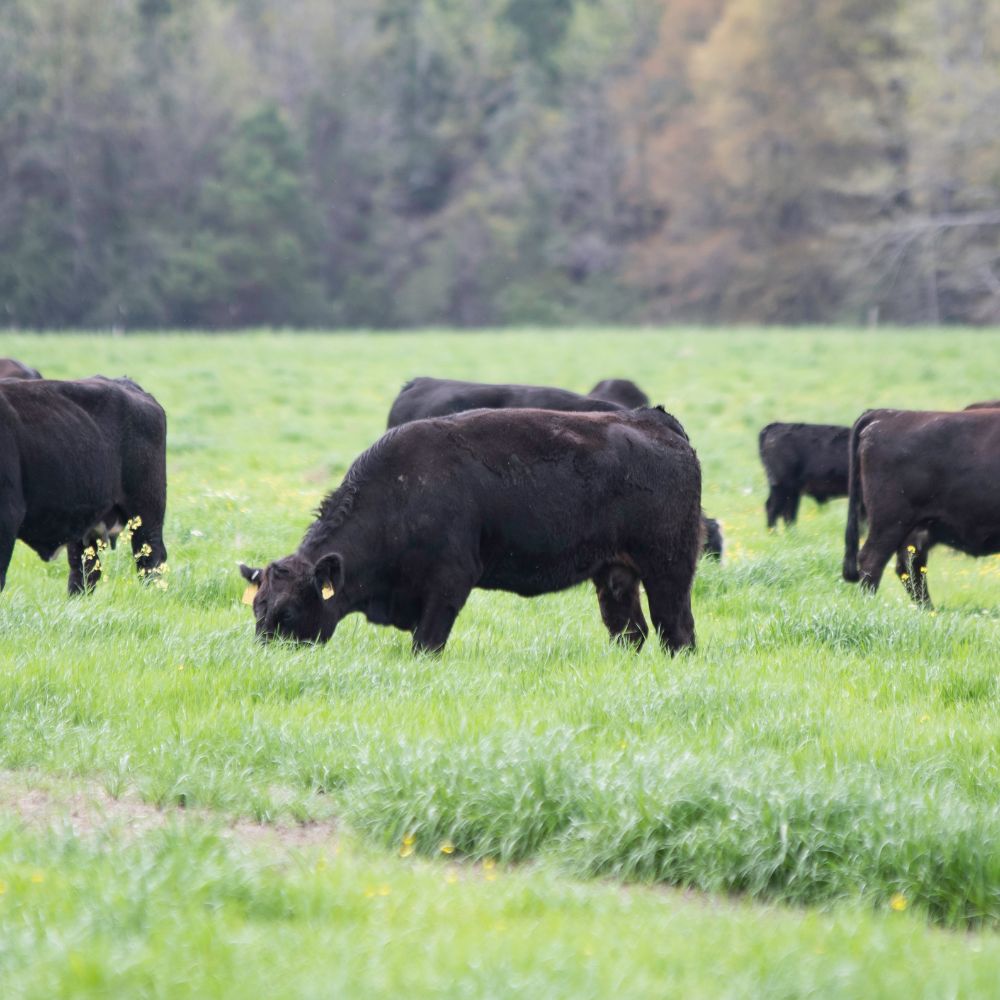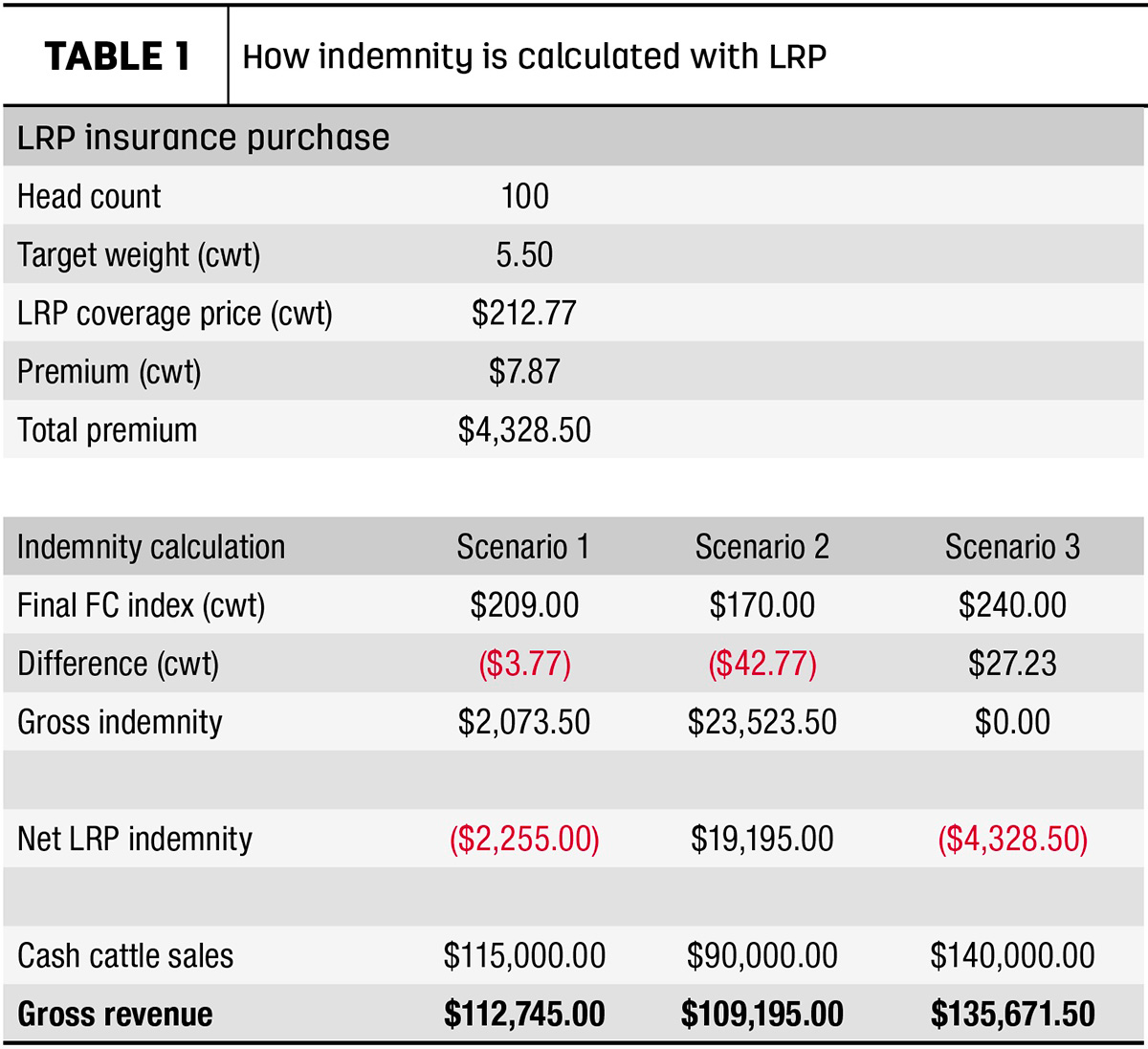Encourage Your Business: Bagley Risk Management Insights
Encourage Your Business: Bagley Risk Management Insights
Blog Article
Secret Aspects to Consider When Finding Livestock Risk Protection (LRP) Insurance Coverage
When evaluating options for Livestock Threat Security (LRP) insurance policy, several key factors necessitate cautious factor to consider to guarantee efficient threat administration in the farming market. Choosing the best insurance coverage alternatives tailored to your particular animals procedure is paramount, as is understanding how exceptional prices correlate with the level of security used. Additionally, the eligibility requirements for different types of animals and the versatility of the policy to adjust to altering conditions are vital aspects to weigh. Moreover, the performance and openness of the insurance claims procedure can substantially impact the total experience and monetary results for livestock producers. By strategically browsing these vital elements, manufacturers can safeguard their financial investments and reduce prospective threats efficiently.
Insurance Coverage Options
When thinking about Livestock Risk Defense (LRP) insurance, it is necessary to understand the numerous coverage choices readily available to mitigate threats in the agricultural field. Animals Danger Protection (LRP) insurance policy offers various protection choices customized to fulfill the varied demands of livestock producers. Bagley Risk Management. One of the main insurance coverage options is rate insurance coverage, which shields against a decrease in market prices. Producers can pick the protection level that lines up with their price risk administration objectives, allowing them to secure their operations versus possible economic losses.
Another essential coverage option is the endorsement duration, which determines the size of time the protection holds. Producers can select the endorsement duration that ideal matches their manufacturing cycle and market conditions. Additionally, coverage levels and rates vary based upon the sort of animals being guaranteed, offering manufacturers the versatility to personalize their insurance policy prepares according to their certain requirements.
Understanding the various insurance coverage alternatives readily available under Livestock Risk Security (LRP) insurance policy is critical for producers to make enlightened choices that successfully secure their animals procedures from market unpredictabilities.
Premium Expenses

Livestock Danger Protection (LRP) insurance offers vital protection options tailored to mitigate threats in the farming market, with a significant element to think about being the estimation and framework of premium expenses. When figuring out premium expenses for LRP insurance, a number of aspects come right into play. These consist of the type and variety of livestock being guaranteed, the protection degree selected, the existing market value, historical rate data, and the length of the coverage duration. Insurance providers may likewise consider the place of the ranch, as geographical aspects can affect the overall danger account.
Premium expenses for LRP insurance are usually calculated based upon actuarial information and take the chance of analysis models. Insurance providers examine historical information on livestock costs and manufacturing costs to figure out a suitable costs that shows the level of threat entailed. It is necessary for livestock producers to thoroughly evaluate premium costs and coverage choices to guarantee they are sufficiently safeguarded versus potential monetary losses because of negative market problems or unexpected occasions. By understanding exactly how premium prices are determined and structured, manufacturers can make enlightened choices when selecting the ideal LRP insurance coverage for their procedure.
Qualified Animals
The decision of qualified animals for Livestock Danger Protection (LRP) insurance coverage involves cautious factor to consider of specific requirements and qualities. Animals kinds that are normally eligible for LRP insurance policy include feeder livestock, fed lambs, swine, and cattle.
Feeder livestock, for instance, are generally eligible for LRP insurance coverage if they fall within defined weight ranges. Fed livestock might additionally be qualified, however they must fulfill certain weight and quality grade requirements. Swine eligible my review here for protection typically include market weight animals meant for slaughter. Lambs are another group of livestock that can be thought about for LRP insurance, with aspects such as weight and age playing a crucial function in establishing their qualification.
Before selecting LRP insurance for animals, producers must carefully review the eligibility standards outlined by the insurance coverage company to ensure their pets satisfy the required needs for insurance coverage.
Plan Versatility
Policy versatility in Livestock Danger Protection (LRP) insurance coverage enables producers to customize coverage to match their particular requirements and run the risk of monitoring methods. This versatility encourages animals manufacturers to personalize their insurance coverage plans based upon aspects such as the kind of animals they possess, market conditions, and specific threat tolerance degrees. One essential element of plan flexibility in LRP insurance is the capacity to select insurance coverage levels that straighten with the manufacturer's financial goals and take the chance of direct exposure. Manufacturers can choose coverage degrees that protect them versus possible losses because of changes in animals prices, ensuring they are appropriately guaranteed without overpaying for unneeded insurance coverage. Additionally, LRP insurance policy uses flexibility in policy period, permitting producers to choose insurance coverage durations that finest fit their manufacturing cycles and advertising timelines. By supplying customizable options, LRP insurance enables producers to successfully handle their risk exposure while safeguarding their animals procedures against unexpected market volatility.
Claims Process
Upon experiencing a loss or damage, manufacturers can launch the cases process for their Animals Threat Protection (LRP) insurance by quickly contacting their insurance coverage company. It is essential for manufacturers to report the loss asap to quicken the claims process. When connecting to the insurance company, manufacturers will certainly require to give in-depth details concerning the event, consisting of the day, nature of the loss, and any relevant documents such as veterinary documents or market value.

After the assessment Continue is total, the insurance policy provider will certainly make a choice concerning the insurance claim and communicate the outcome to the manufacturer. If the case is approved, the producer will obtain compensation according to the terms of their Animals Threat Security (LRP) insurance plan. Bagley Risk Management. It is necessary for manufacturers to be aware of the insurance claims procedure to guarantee a smooth experience in the event of a loss

Verdict
Finally, when picking Animals Threat Protection (LRP) insurance coverage, it is crucial to take into consideration protection choices, premium costs, eligible animals, policy adaptability, and the claims procedure. These key variables will assist make certain that farmers and herdsmans are properly shielded versus prospective dangers and losses related to their animals operations. Making an educated choice based on these factors to consider can ultimately bring about better financial safety and comfort for livestock manufacturers.
Livestock Threat Security (LRP) insurance policy uses various protection alternatives customized to meet the varied demands of livestock manufacturers.The determination of qualified animals for Livestock Danger Security (LRP) insurance policy protection involves cautious consideration of particular standards and qualities.Policy flexibility in Livestock Danger Security (LRP) insurance policy enables producers to tailor insurance coverage to match their details requirements click to read more and run the risk of administration strategies.Upon experiencing a loss or damage, producers can launch the insurance claims procedure for their Livestock Threat Protection (LRP) insurance policy by quickly calling their insurance coverage service provider.In final thought, when picking Animals Danger Security (LRP) insurance policy, it is important to think about coverage choices, premium expenses, qualified livestock, policy versatility, and the cases process.
Report this page